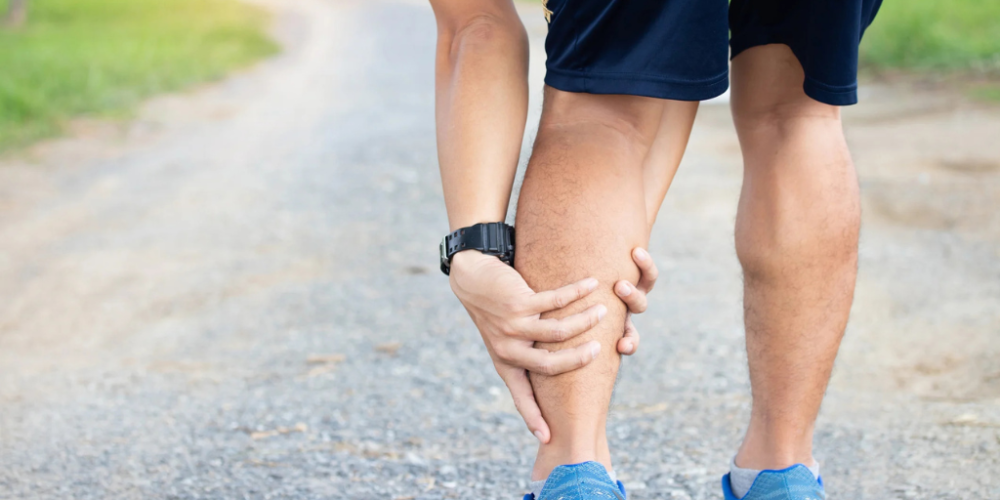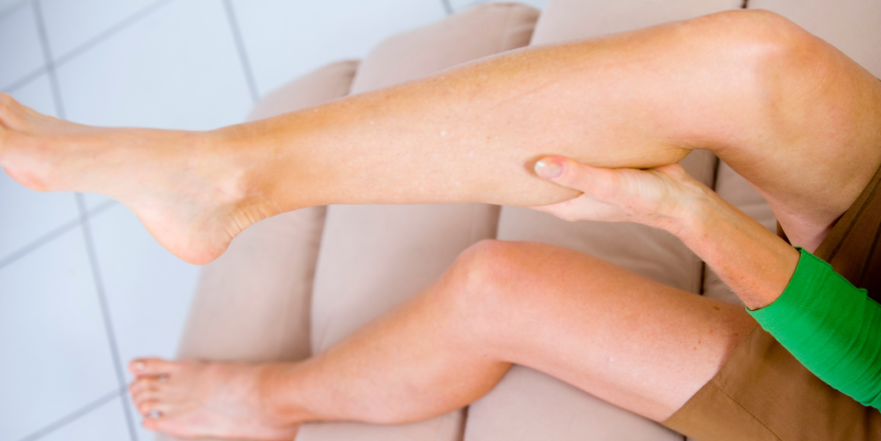
Did you know that every few minutes, someone suffers a life-altering event due to a disease of the heart or circulation? It’s a cold statistic, but think about what it means. It’s fathers, mothers, siblings, and friends. And the first warning sign—the alert that could change everything—is almost never the dramatic, chest-clutching heart attack you see in movies. It’s something quieter, more treacherous, and for that very reason, far more dangerous. It could be a tingling in your legs that you dismiss as falling asleep in a weird position, a calf pain you blame on a long day, or even memory lapses you attribute to stress.
Today, we’re going to decode the six real signals your body sends when your circulation is crying out for help. I’m going to give you details that I guarantee you’ve never heard before and will never forget—details that connect these signs in a way that will make perfect sense. Understanding these signals isn’t about creating fear; it’s about giving you power. It’s about protecting your future and the future of those you love. Before we dive into the signs, it’s crucial to understand the battlefield. (This article is based on the expertise of cardiologist, Dr. André Luís Wambier)
Many people talk about “clogged arteries,” but what does that really mean? Your circulatory system has two main types of roadways. Think of your arteries as the major highways, carrying bright red, oxygen-rich blood from the heart to the rest of your body. The problem here is usually atherosclerosis—plaque made of fat, calcium, and inflammation that hardens and narrows the passage, like a traffic jam that slowly worsens year after year. Your veins are the local return roads, bringing the darker, used blood back to the heart and lungs to be re-oxygenated. The most common problem here is thrombosis, the sudden formation of a clot, like a car crash blocking an entire street instantly. When one of these pathways gets blocked, your body screams for help. You just need to learn its language.
Key Takeaways
- Subtle Signs are Serious: Poor circulation often manifests in ways you might ignore, such as changes to your skin, recurring calf pain, or mental fog.
- Arteries vs. Veins: The location of the blockage (artery or vein) determines the type of symptom you experience. Arterial issues often develop slowly, while venous problems like clots can be sudden.
- Gender Differences are Critical: Women often experience atypical heart and circulation symptoms, such as extreme fatigue or back pain, which can be dangerously mistaken for anxiety or indigestion.
- Listen to the Early Alarms: For men, erectile dysfunction is a powerful early predictor of future heart attacks or strokes. For women, severe leg cramps at rest can be an equally urgent warning.
- You Have the Power to Act: Simple, consistent lifestyle changes related to movement, diet, and stress can dramatically improve your vascular health and prevent serious complications.
6. The Visual Clues on Your Legs: Skin, Hair, and Nails

When your arteries begin to narrow, the flow of blood to your extremities dwindles. It’s like trying to water your garden with a kinked hose. In response, your body starts to display a very clear trio of visual signs on your legs. The first is hair loss. The hair follicles on your legs are hungry for nutrients and oxygen. Without a steady blood supply, they simply shut down to conserve energy. You might notice that your legs, which were once hairy, have become smooth and bare, especially around the shins, for no apparent reason. This isn’t from your pants rubbing against your skin. The second visual sign is shiny, fragile skin. The skin on your shins might look stretched, waxy, and almost translucent. It can sometimes take on a purplish or reddish hue when you’re standing. This is a direct result of nutrient deficiency affecting the quality and structure of your skin, making it thin as paper. The third clue, which few people connect to circulation, is the state of your toenails. They may grow much more slowly and become thick, opaque, and brittle. The principle is the same: if quality construction materials aren’t being delivered through the bloodstream, the final structure won’t be sound. If you notice this triad—less hair, strange skin, and weak nails—understand that this is not a cosmetic issue. It’s a powerful visual alert that your body’s systemic circulation may be compromised.
5. The “Stop-and-Go” Pain in Your Calves

The technical name is “intermittent claudication,” but the description is a classic pattern. You walk a certain distance, and a cramping, burning, or tight pain emerges in your calf. The pain forces you to stop. You rest for a minute or two, and the pain disappears completely. You start walking again, and the infernal cycle repeats. This is your calf muscle literally screaming for oxygen. During a walk, its demand for energy skyrockets, but the narrowed artery can’t deliver the necessary fuel. Why the calf? Because it’s one of the hardest-working muscles when you walk and is geographically far from the heart, making it one of the first areas to suffer from a lack of irrigation. If you experience this, do not dismiss it as simple muscle soreness. There is a simple, painless test your doctor can perform called the Ankle-Brachial Index (ABI). It measures the blood pressure in your ankle and compares it to the pressure in your arm. If the ankle pressure is significantly lower, it’s mathematical proof of a significant blockage in the arteries of your leg.
4. The Asymmetrical Threat: Swelling and Pain in Just One Leg

This is the classic sign of a Deep Vein Thrombosis (DVT). The key word to remember here is asymmetry. One leg suddenly becomes swollen, warm, red, and painful to the touch, while the other leg remains perfectly normal. The contrast is stark. It’s crucial to know the triggers that create the perfect storm for a clot to form. These include prolonged immobility (a long flight or bus ride, or being bedridden after surgery), as the stagnant blood is more likely to coagulate. Certain hormones, like those in some birth control pills and hormone replacement therapies, can also increase clotting tendency in predisposed individuals. And, as always, smoking dramatically aggravates this risk. Finally, large, twisted varicose veins aren’t just a cosmetic concern; they are areas where blood flows more slowly, increasing the risk of a clot forming. The greatest danger of a DVT isn’t the leg pain itself; it’s the risk of that clot breaking loose, becoming a missile in your bloodstream, traveling to your lungs, and causing a pulmonary embolism—a sudden and often fatal event. If you or someone you know experiences these symptoms, this is not something to schedule a doctor’s appointment for. This is a medical emergency. Go to the emergency room immediately.

